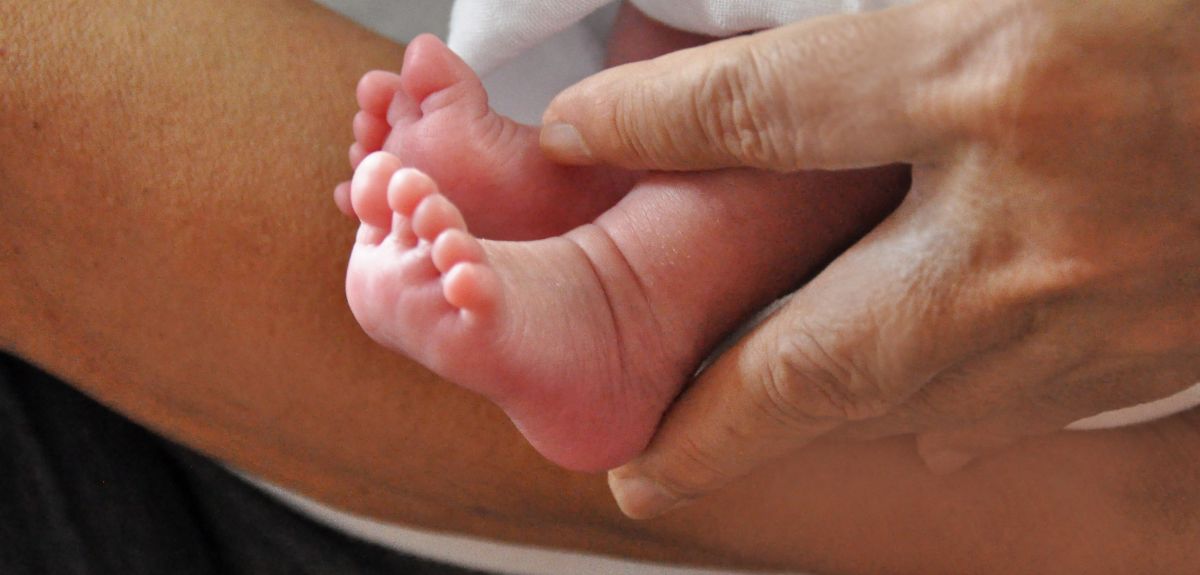
Credit: Shutterstock
Why we must expand newborn screening
Every year, thousands of babies around the world are born with rare genetic diseases leading to death or lifelong disability. With technological advancements in the fields of genetics and medicine, the rate of introduction of treatments for these rare conditions has grown remarkably.
Interestingly, new treatment costs can range from very little to several million pounds. A recently approved Spinal Muscular Atrophy gene therapy has been priced in the UK at ~£1,8m. Several devastating diseases affecting children can be treated with very cheap drugs and even vitamins. For example, Congenital Myasthenia may cause deep hypotonia (decreased muscle tone) and respiratory insufficiency, where the body is not provided with enough oxygen. It is a rare disease, and the patient’s journey to diagnosis can be extremely long. Nevertheless, Congenital Myasthenia can be dramatically improved with salbutamol or pyridostigmine, two very cheap drugs.
All of this could have been avoided with an early diagnosis and a simple drug costing about £7 a month.
Before moving to the UK, I diagnosed three patients with DOK7, causing muscle weakness, in my hometown of Liège, Belgium. The three patients spent 60 years collectively in a wheelchair, had six muscle biopsies that were not helpful, and spent 45 years with invasive ventilation. All of this could have been avoided with an early diagnosis and a simple drug costing about £7 a month.
Last week I diagnosed a child with a neurotransmitter disease. This baby boy, now 18 months old, is in a severe condition that would have responded quickly to L-dopa, folic acid and serotonin, all cheap medications. Today, after several long and severe epileptic seizures, it is likely too late. A variety of severe epileptic disorders of newborns, leading to irreversible damage to the brain, are readily treatable with pyridoxine, or pyridoxal phosphate, two cheap vitamins.
There are many more examples like these. Many more stories of lifetimes spent in a wheelchair, many more stories of patients connected to a respirator long term, families exhausted by diseases that we could have diagnosed and treated much earlier.
Timing is of great importance
Early diagnosis is of primary importance both to obtain the best effect of innovative medications and to accelerate their development.
In nearly all of these rare diseases, timing is of great importance for medication administration. The benefit for a patient who has already suffered from a long, irreversible disorder is small and, sometimes, hardly justifies the cost and the burden of the treatment. Early diagnosis is of primary importance both to obtain the best effect of innovative medications and to accelerate their development. Early diagnosis is easily achievable by universal newborn screening (NBS).
NBS has existed for more than 40 years, but has focused on metabolic diseases like phenylketonuria. All the diseases mentioned here are probably even better candidates for newborn screening than phenylketonuria, which is the “archetype” of diseases that warrant newborn screening. The only difference is the methods that are now used.
In 2018, we pioneered an innovative genetic NBS programme in Southern Belgium for Spinal Muscular Atrophy (SMA) that has, so far, allowed nine children to be diagnosed and treated early and avoid the terrible fate of the disease. The programme was rolled out in 16 countries, including public dissemination and health-economic analysis from the beginning. Very recently, SMA officially entered the NBS programme in Belgium.
Being much more efficient in the diagnosis of treatable conditions and in the treatment of these diseases is feasible. It needs funding and open minds.
In the UK, we have designed and funded a pilot study that aims to screen 24,000 newborns/year and for which we are currently seeking approval. When you know that every five days a child is born in the UK with this disease and will at best spend their life in a wheelchair, rather than being able to walk if diagnosed at birth, the waiting is difficult.
Being much more efficient in the diagnosis of treatable conditions and in the treatment of these diseases is feasible. It needs funding and open minds. We need to ask ourselves the basic question, “Why not?”. We must place ourselves in the shoes of parents and ask ourselves: if there is a test to find if my child has a treatable disorder and to fix it immediately, rather than taking the risk of waiting for the disease and irreversible damage, why would I not take it?
Further information can be found at:
NHS information of newborn screening
Professor Laurent Servais is Professor of Paediatric Neuromuscular Diseases at the MDUK Oxford Neuromuscular Centre and Invited Professor of Child Neurology at Liège University. He leads numerous clinical trials in neuromuscular diseases and has a special interest in newborn screening programmes.